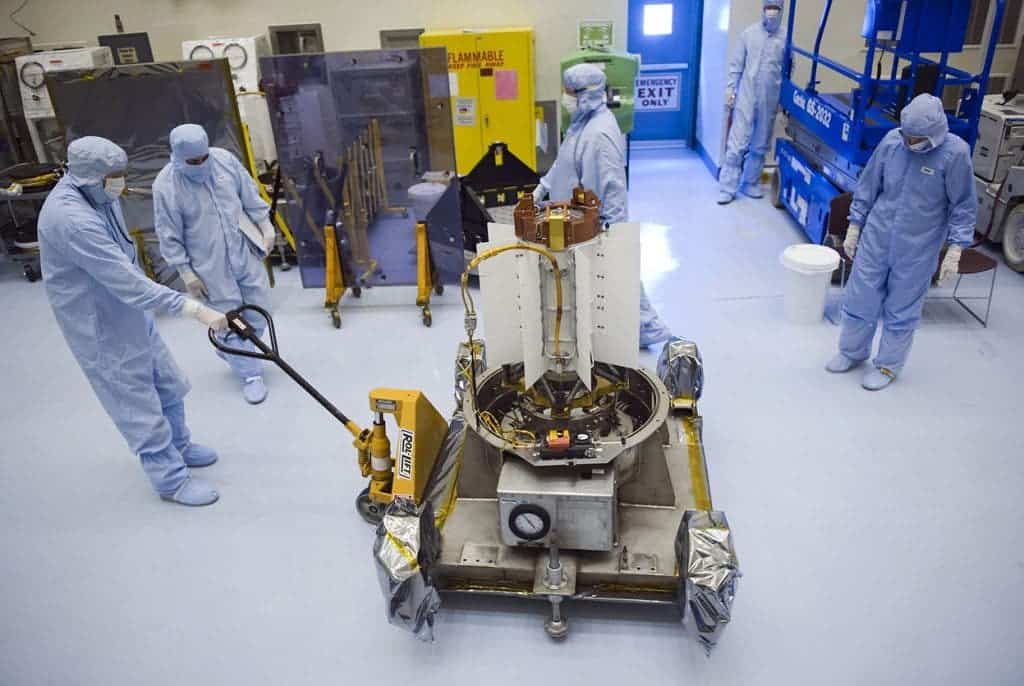According to the Department of Energy, the plutonium-238 stockpile is enough to make only three more nuclear batteries. These are used to power long-term space missions, like Curiosity rover now studying Mars on site, the Voyager probes which were launched in the 1970s and are now almost out of the solar system or New Horizon which is close to making the first Pluto flyby in history. New Horizon is also the fastest spacecraft ever built, racing at one million miles per day. All these remarkable achievements were made possible thanks to plutonium-238 and the technology developed to harness its heat.
Plutonium-238 is typically made as a byproduct of nuclear weapons development, but ever since the Cold War ended and the nuclear non-proliferation act was instated the radioactive isotope has been in extremely short supply. NASA, for instance, has only 77 pounds (35 kilograms) of plutonium-238 left. To make things worse, only 37 pounds (17 kilograms) of that is actually good enough to use in nuclear batteries like the Multi-Mission Radioisotope Thermoelectric Generators, or MMRTGs, which provide about 100 W of power.
The next battery will be fixed on the next spacecraft to visit Mars in 2020. That leaves another two MMRTGs worth of plutonium-238 for some other NASA mission, Alice Caponiti, DOE’s director of space and defense power systems, said in a Feb. 20 presentation to the NASA-chartered Outer Planets Assessment Group in Mountain View, California.
The only fix is to make more plutonium-238, of course, but this might take a while. The DoE is the only body capable of making the isotope, but its equipment is currently in repair. Once completed, the DoE labs will again resume irradiation of neptunium-237 targets that was suspended in the United States back in 1988. According to Caponiti, some 1.5 kilograms a year could be made once production is resumed. A single MMRTG requires about 4 kilograms of plutonium-238.










